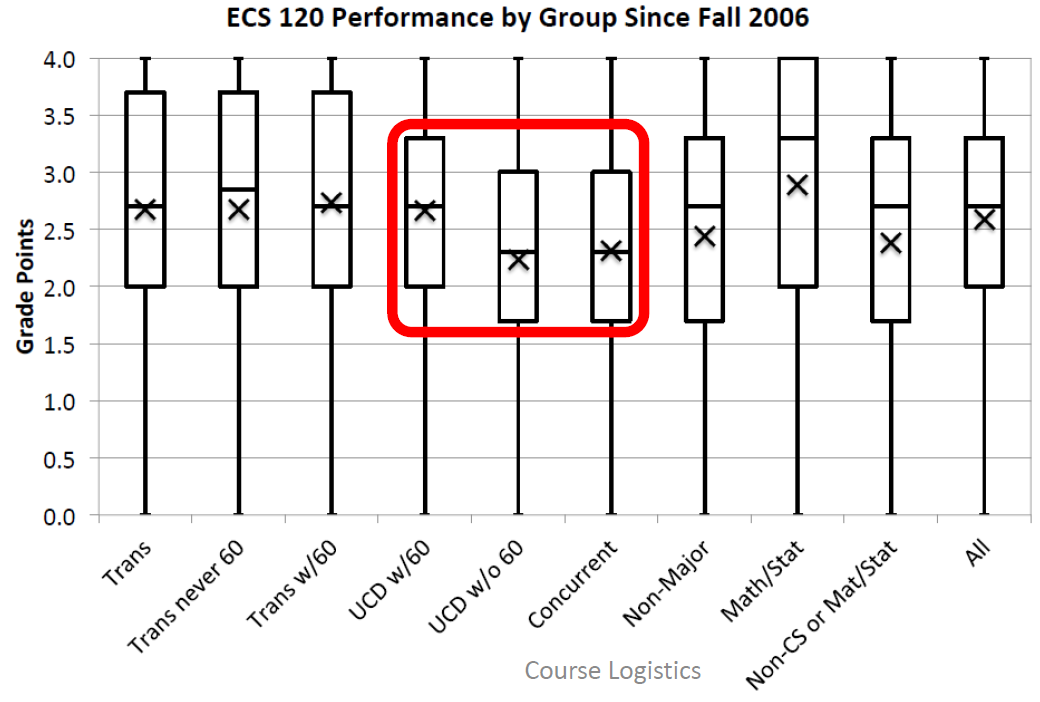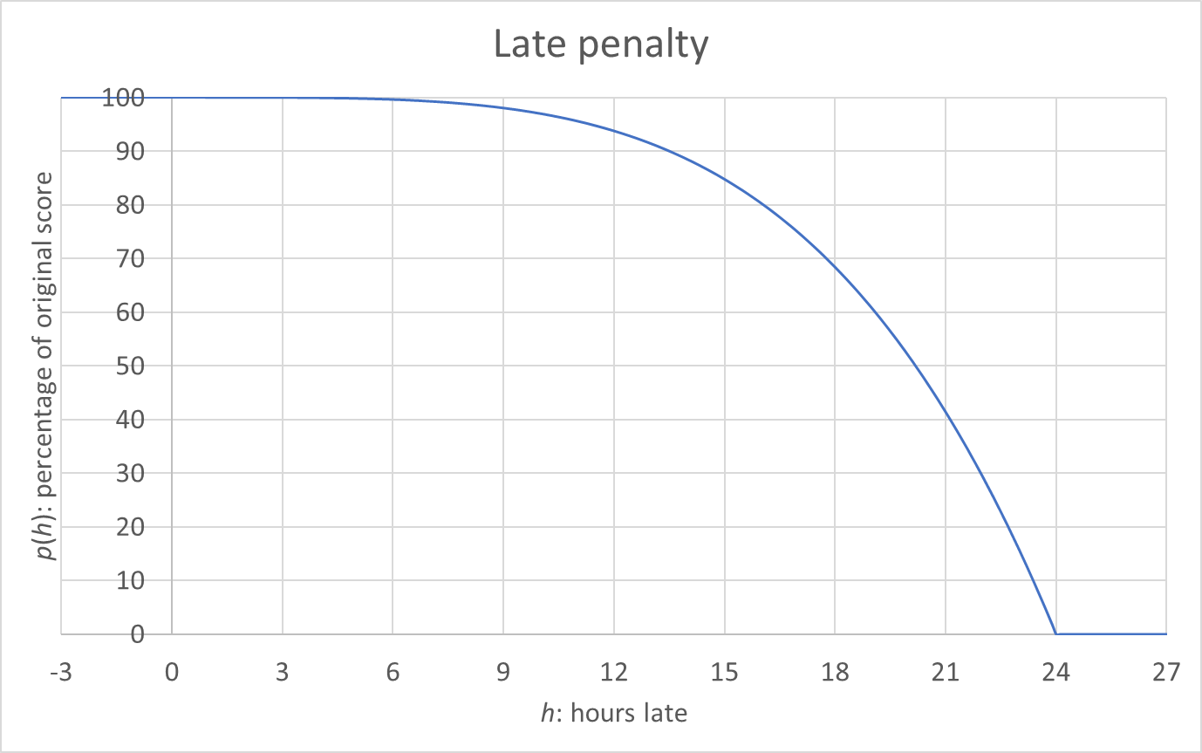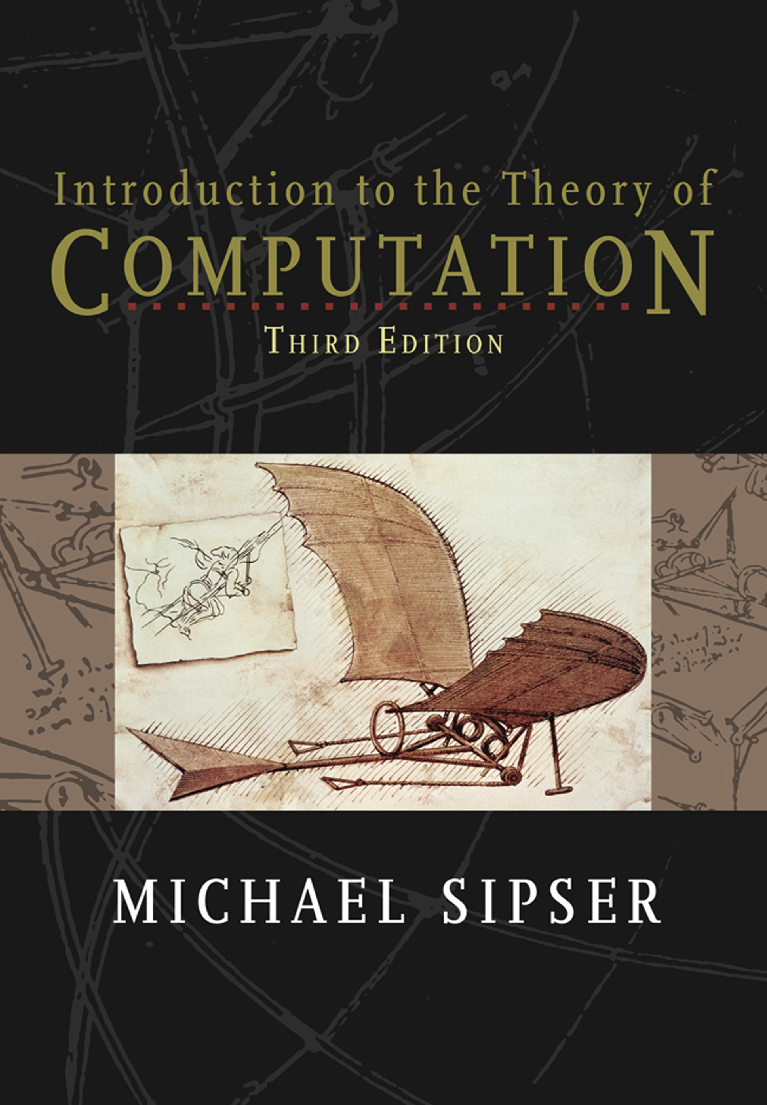Main Topics
Automata Theory
What problems can be solved with optimal efficiency?
(with constant memory and doing constant work per bit)Complexity Theory
What problems can computers solve efficiently?
(In polynomial time: for \(n\)-bit inputs # of steps = \(O(n)\) or \(O(n^2)\), \(O(n^3)\), etc.)Computability Theory
What problems can computers solve?
← First half of the course.















